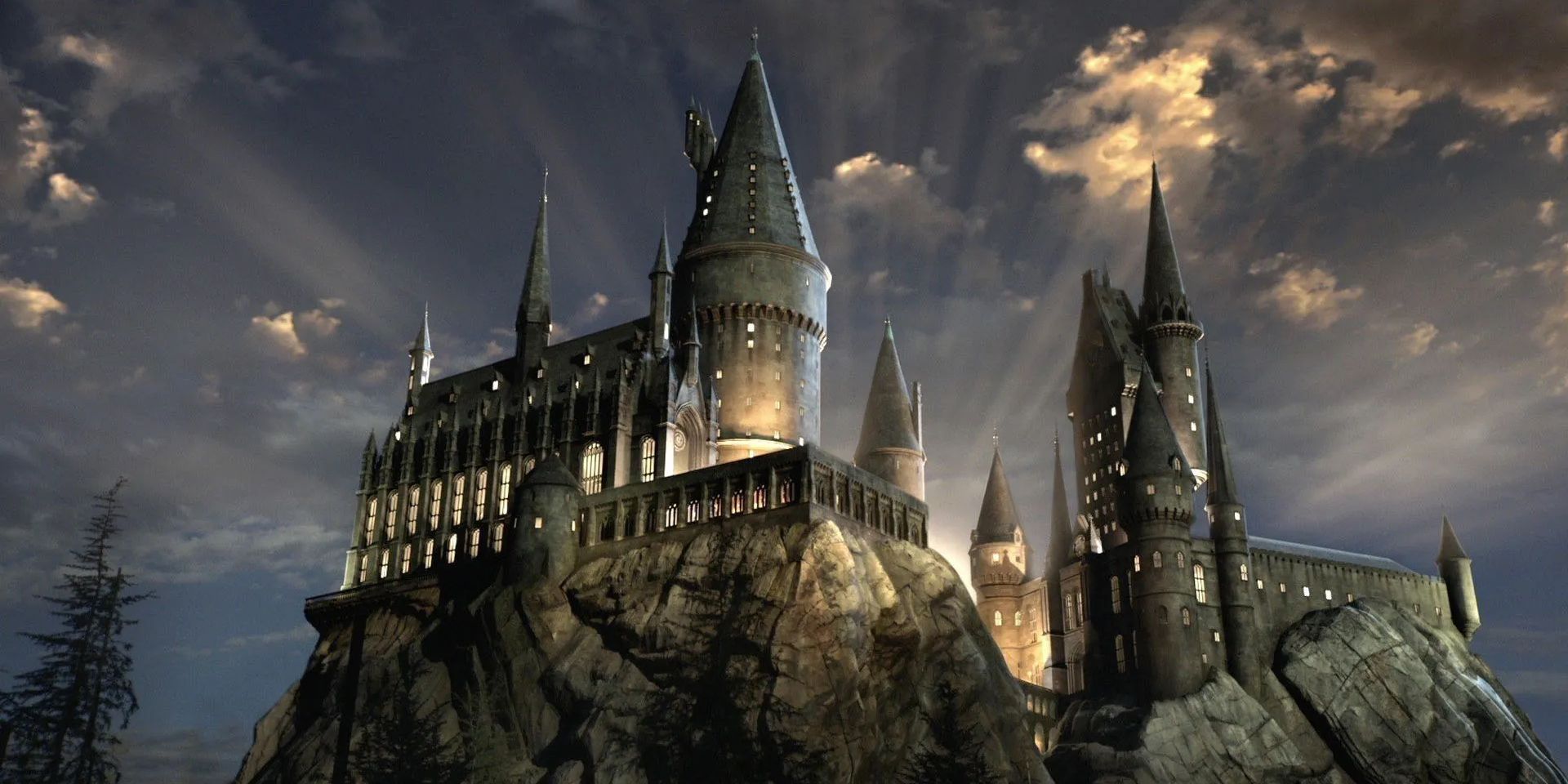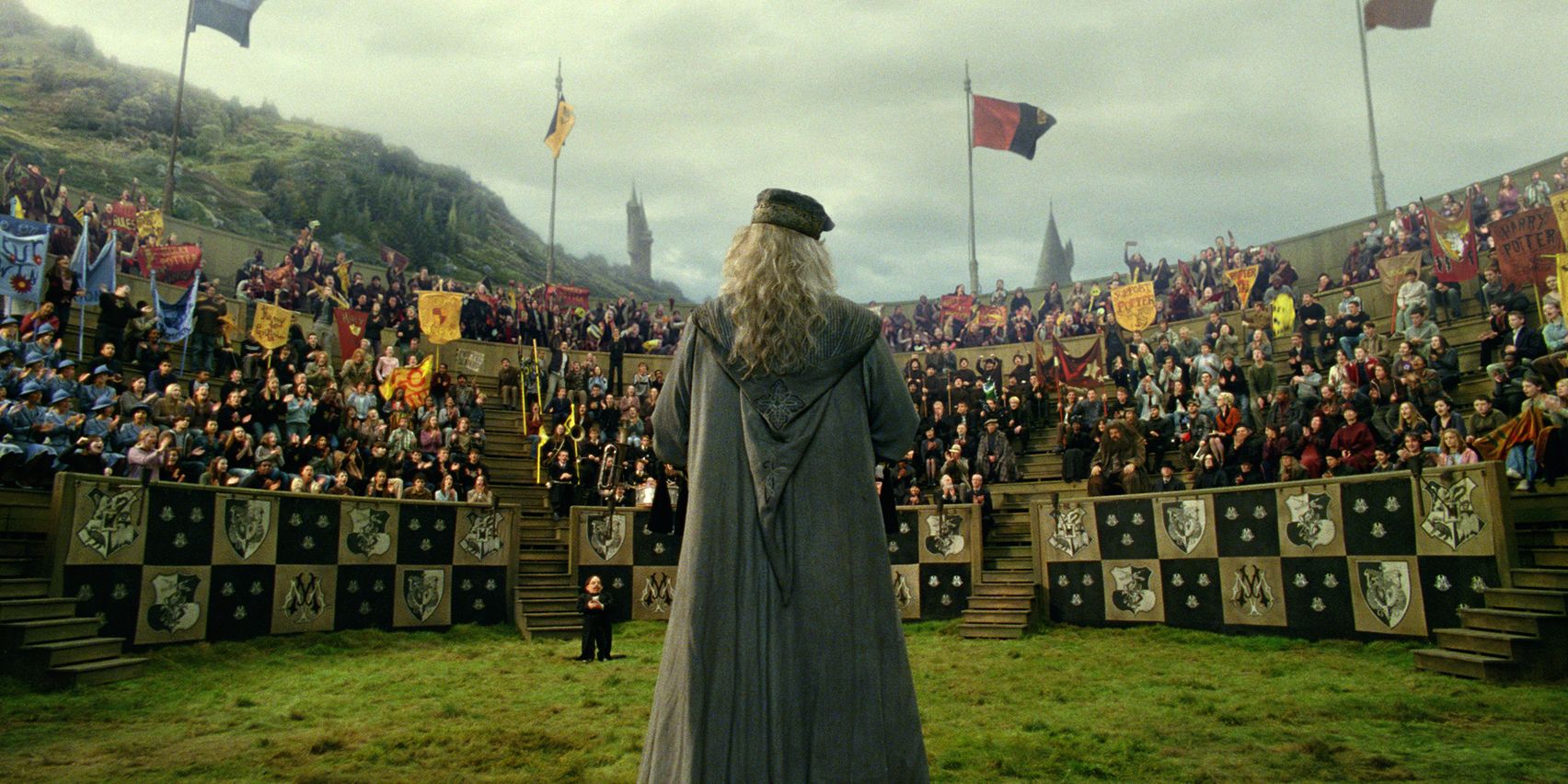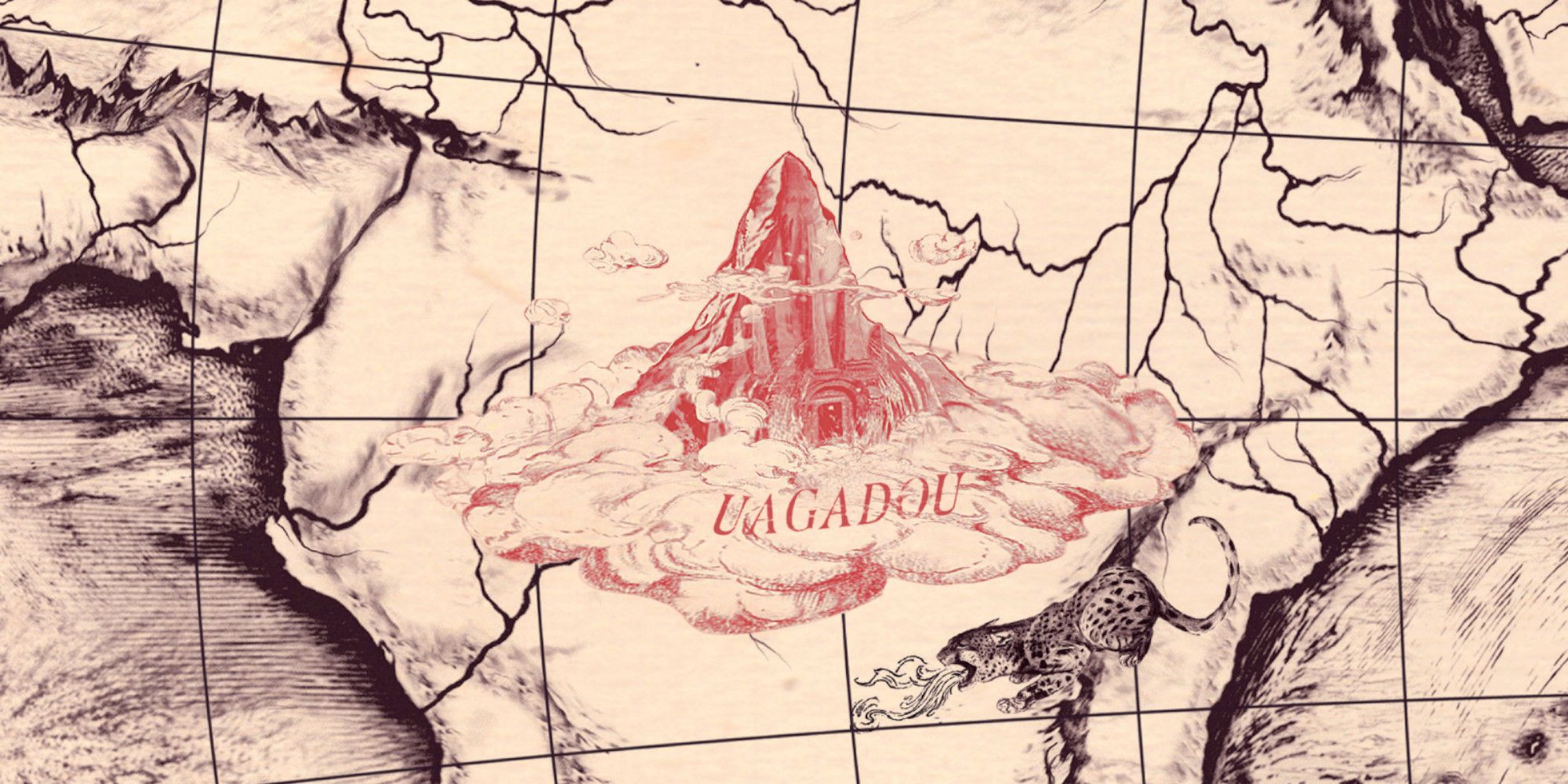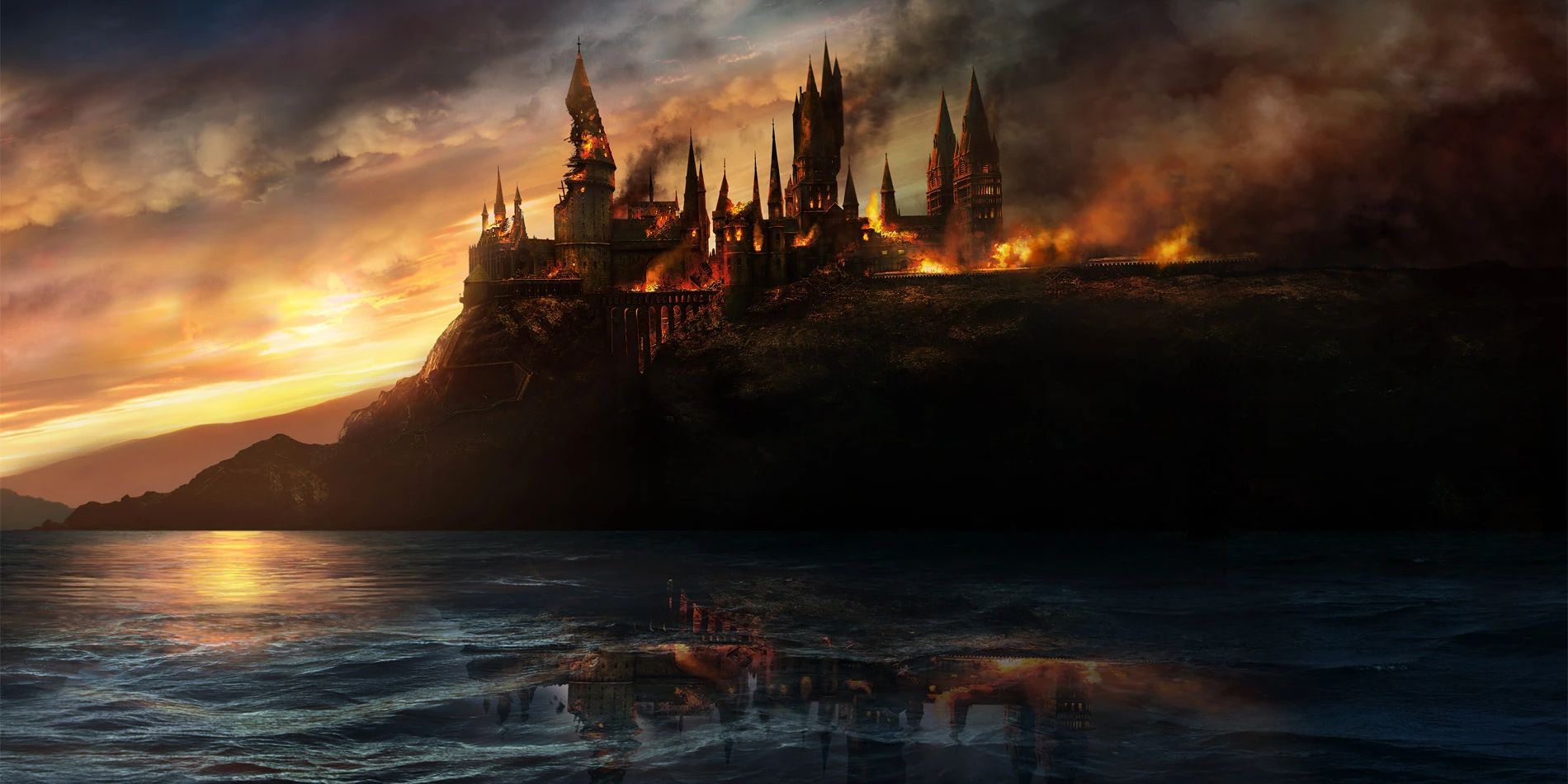Besides the famed Hogwarts School of Witchcraft and Wizardry, there are several other wizarding institutes in the Harry Potter lore. In addition to the “prestigious” schools that are overseen by the Educational Office of the International Confederation of Wizards, “smaller and less well-regulated institutions” exist as well (the quality of education of which cannot be vouched for). There are also many specialized schools, such as Charm School, Merge School of Under-Water Spellage, and the Wizarding Academy of Dramatic Arts. However, most wizarding communities actually prefer to homeschool their children, or educate them through the more cost-effective option of correspondence courses.
Apart from those schools that have not been registered with the appropriate ministry, there are eleven major wizarding schools, out of which only eight have been revealed by J. K. Rowling so far.
What Are the Four Main Wizarding Schools?
Hogwarts, the school of the titular character, has produced a number of notable wizards in its long and rich history. It is located somewhere in the Highlands of Scotland, and is protected by a number of ancient charms and spells. The Muggles can only see old ruins and warnings of danger if they happen to come across it.
The state-owned school was founded around the year 990 by four of the greatest wizards and witches of all time: Godric Gryffindor, Helga Hufflepuff, Rowena Ravenclaw and Salazar Slytherin. Each of them valued particular skills and traits in their students, who would be placed in one of the four houses by the Sorting Hat accordingly. The school takes in students from Great Britain and Ireland, whose acceptance is confirmed by owl post at the age of eleven.
Besides Hogwarts, the largest wizarding schools in Europe also include Durmstrang Institute and Beauxbatons Academy of Magic. The latter was founded sometime before the 1920s, and is believed to be located in the Pyrenees. Many of its students are from France, Spain, Portugal, Belgium, Luxembourg and the Netherlands. Some of the school’s most notable graduates include the alchemist Nicolas Flamel.
Beauxbatons is first introduced in Harry Potter and the Goblet of Fire, when the school participates in the Triwizard Tournament. The students arrive in carriages pulled by a dozen winged horses, along with their headmistress Olympe Maxime, a half-giantess. Fleur Delacour is selected as the school champion that year, and she finishes last in the tournament.
Durmstrang, on the other hand, is an ‘unplottable’ wizarding school; it is presumed that it is hidden somewhere in the far north. It is extremely secretive, to the point that memory charms are cast on any visitors so they do not remember the school’s precise location. Founded during the Middle Ages, Durmstrang accepts international students but does not allow Muggle-born witches and wizards. It is notorious for taking in Gellert Grindelwald, one of the darkest wizards of all time.
At the time of the 1994 Triwizard Tournament, the former Death Eater Igor Karkaroff serves as the school’s headmaster, and the Bulgarian Quidditch Seeker Victor Krum is the school champion.
Ilvermorny School of Witchcraft and Wizardry is the North American wizarding school, situated on the peak of Mount Greylock, Massachusetts. Founded in 1627, the school was originally a shack with just two teachers and their two adopted sons. It eventually expanded over the years, and the granite Ilvermorny Castle is now concealed from the No-Majs by enchantments, some of which make it look like a misty cloud. It accepts students from all over North America, who are then sorted into one of its four houses: Thunderbird, Wampus, Horned Serpent and Pukwudgie. In Fantastic Beasts and Where to Find Them, Newt Scamander encountered many people (including Porpentina and Queenie Goldstein) from Ilvermorny during his travels.
Are There Other Wizarding Schools Throughout the World?
There are seven other “long-established and prestigious wizarding schools worldwide”, and only four of these (as of yet) have been given extensive backstories by Rowling.
Castelobruxo is the Brazilian wizarding school that is located deep within the Amazon rainforest. Its structure resembles that of a temple but, to Muggles, it simply looks like a pile of ruins. Caipora, small and furry spirit-beings, also protect Castelobruxo. The school accepts students from all over South America, and also offers exchange programs for young European witches and wizards. A young Bill Weasley once had a pen-friend from Castelobruxo, who wanted him to participate in this student exchange program. However, the Weasleys could not afford it, and the disappointed student sent Bill a cursed hat that shriveled up his ears.
Not much information is available on the Russian wizarding school Koldovstoretz, apart from the fact that its students are known for being excellent Quidditch players. When a Calamity Investigator visited the school once, he got to witness the Russian version of the sport, in which players flew on uprooted trees instead of broomsticks.
Mahoutokoro is another wizarding school where the students are particularly skilled in Quidditch. Located on the highest point of the volcanic island Minami Iwo Jima, it has the smallest student body among all the schools. Students are accepted at the age of seven, but they start boarding at the school only when they turn eleven. Until then, they fly back and forth to their homes by flocks of giant storm petrels. They are given enchanted robes at the age of eleven, which magically grow and change color according to the wearer’s skills. If a student achieves top grades in all subjects, the robe turns gold, but if anyone practices dark magic, the uniform becomes white and the student is expelled immediately.
Although Africa has several small wizarding schools, Uagadou has the highest number of students. It also happens to be the largest wizarding school in the world. Its exact location is unknown, and its only address is ‘Mountains of the Moon’. It is described as being carved out of the mountainside and surrounded by mist. Students are informed about their acceptance to the school through Dream Messengers, who would leave a token (like an inscribed stone) behind for the child to discover upon waking.
Why Is Hogwarts Such a Famous School?
Hogwarts’ motto is ‘Draco Dormiens Nunquam Titillandus’ (never tickle a sleeping dragon) — which aptly describes the unorthodox school. Described as “a stronghold of ancient magic”, it has harbored many secrets and witnessed a number of notable events over the centuries. It is where Flamel chooses to hide the Sorcerer’s Stone. Where the Triwizard Tournament takes place more than 200 years after it was canceled. Where the final battle between Harry and Voldemort takes place, with the former finally ending the reign of the Dark Lord.
Most importantly, however, it is a place that has always welcomed and protected its students. During the global wizarding war, the German Minister for Magic states: "Why leave Hogwarts when the world outside is burning?" After the shocking death of Dumbledore, Professor Sprout declares that “if a single pupil wants to come, then the school ought to remain open for that pupil”. As Harry also realizes during the second wizarding war, it is where “the abandoned boys” – he, Voldemort and even Severus Snape – all “found home”.




